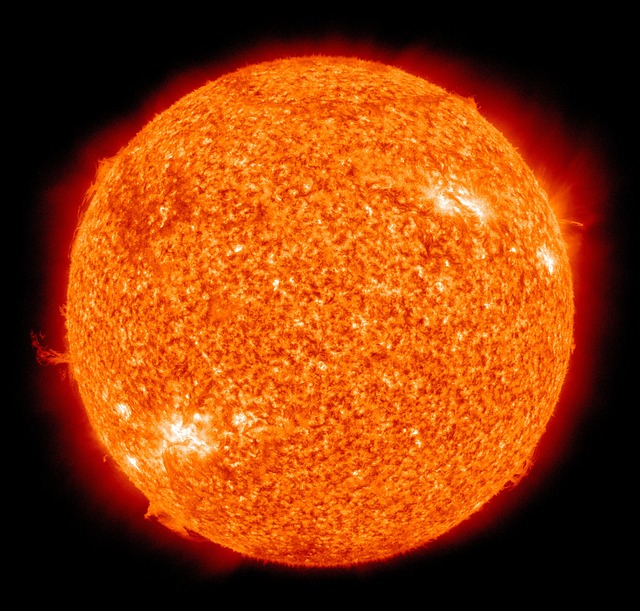News Highlights:
- The American space agency selected MUSE and HelioSwarm missions to study the brightest star in our solar system.
- Multi-slit Solar Explorer (MUSE) and HelioSwarm missions will help understand the dynamics of the Sun, the Sun-Earth connection, and the constantly changing space environment.
The Multi-slit Solar Explorer (MUSE) mission:
- About:
- The Multi-slit Solar Explorer (MUSE) mission will help scientists understand the forces driving the heating of the Sun’s corona and the eruptions in that outermost region that are at the foundation of space weather.
- The mission will offer deeper insight into the physics of the solar atmosphere by using a powerful instrument known as a multi-slit spectrometer to observe the Sun’s extreme ultraviolet radiation and obtain the highest-resolution images ever captured of the solar transition region and the corona.
- The mission will further provide complementary observations from heliophysics research like ground-based observatories and Extreme Ultra-Violet Spectroscopic Telescope.
- Mission Goal:
- The primary goal of the MUSE mission is to investigate the causes of coronal heating and instability, such as flares and coronal mass ejections, and gain insight into the basic plasma properties of the corona.
The HelioSwarm mission:
- About:
- This mission is a constellation or “swarm” of nine spacecraft. It will be launched to capture the first multiscale in-space measurements of fluctuations in the magnetic field and motions of the solar wind, called solar wind turbulence.
- The outermost atmospheric layer of the Sun, called the heliosphere, encloses an enormous region of the solar system. Solarwinds spread through the heliosphere.
- Their interactions with planetary magnetospheres and disruptions like coronal mass ejections affect the turbulence.
- This mission will provide a unique ability to investigate turbulence. Mission’s budget is USD 250 million.
- Components:
- HelioSwarm consists of one hub spacecraft and eight co-orbiting small satellites that range in the distance from each other and the hub spacecraft.
- The hub spacecraft will maintain radio contact with each small satellite.

Sun’s corona:
- About:
- The Sun’s corona is the outermost part of the Sun’s atmosphere.
- The corona is usually hidden by the bright light of the Sun’s surface. That makes it difficult to see without using special instruments. However, the corona can be viewed during a total solar eclipse.
- Features:
- The corona is about 10 million times less dense than the Sun’s surface. This low density makes the corona much less bright than the surface of the Sun.
- The corona is in the outer layer of the Sun’s atmosphere, far from its surface. Yet the corona is hundreds of times hotter than the Sun’s surface.
- The corona extends far out into space.
- From it comes the solar wind that travels through our solar system.
- The corona’s temperature causes its particles to move rapidly. These speeds are so high that the particles can escape the Sun’s gravity.
Pic Courtesy: Pixabay
Content Source:



